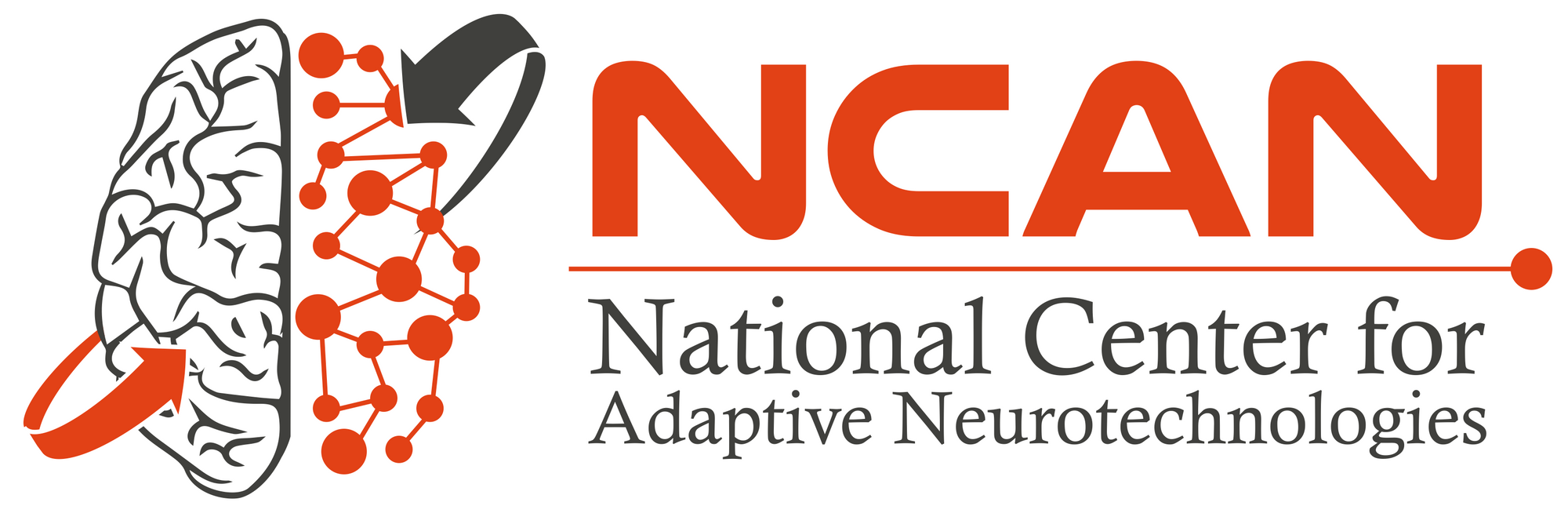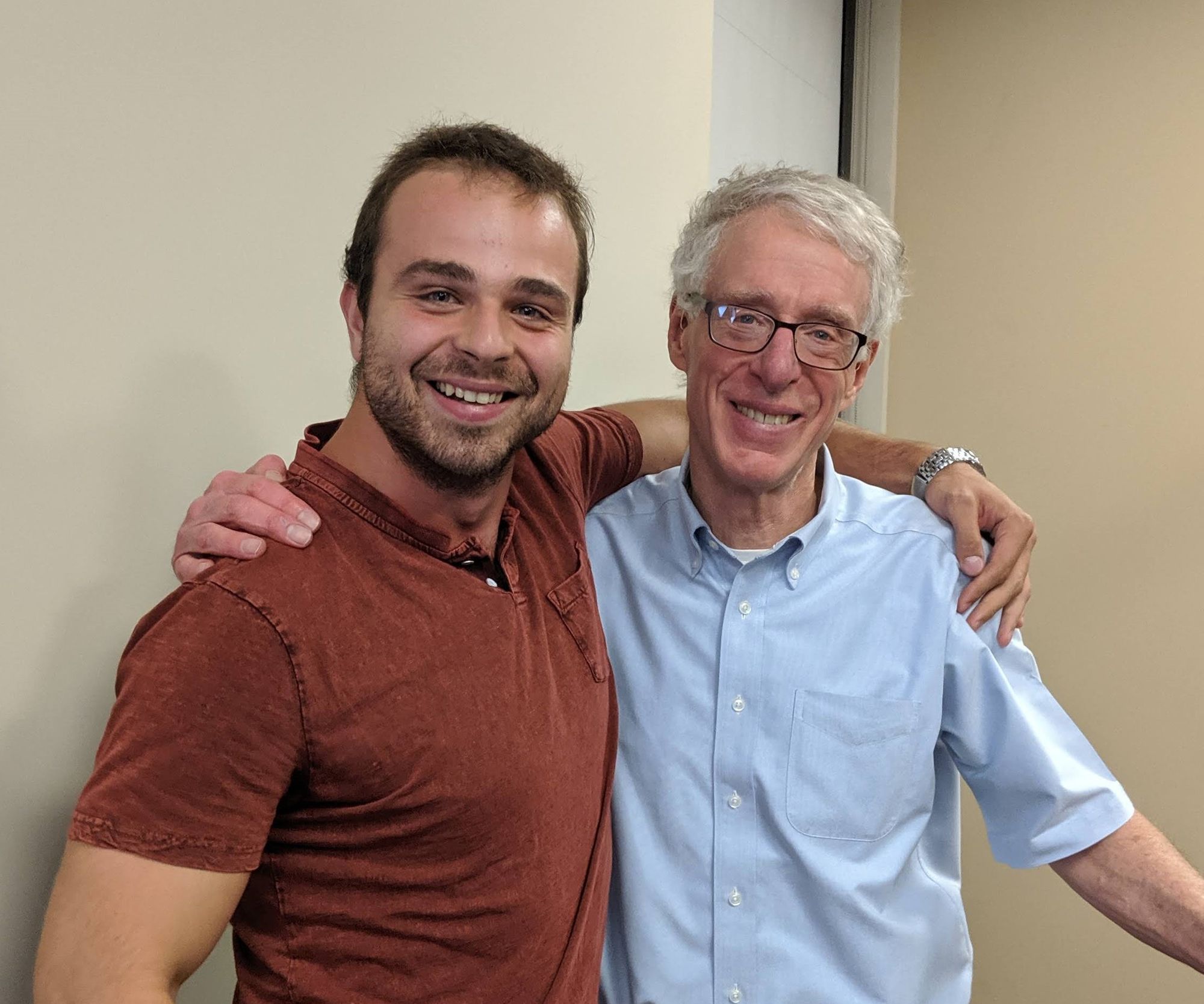Weightless. Calm. You can hear yourself breathe and your heart beat as the pressure increases gently around you. Silent. Focused. 30 feet down. Now, you open your eyes. It's a beautiful blue ocean.
These last eight months have required silent concentration and have left me exhausted - and over the past three months, just one has been spent in my current home of Boston! Today I break that silence to share two things with you: 1) a new project of mine and 2) an experience I've had recently in Albany, NY.
1) I'm making a new kind of wearable
After meditating on the potential good uses of time and energy, an important question has reached out to me. Is it possible for me to create life-saving technology? For the past 4 years, my milieu in neurotechnology has granted me a heavy focus on EEG. Time and time again, I've rearranged the pieces of what I've learned, searching for an answer. Of course, it's usually not about finding the right answer as much as it is about finding the right question. So here is my thought. Could EEG be used to prevent roadside accidents?
I think the answer is yes. Having read through a study exploring causes of roadside accidents (and a couple others), I fell upon one significant cause that struck me as very, very human: mental fatigue. Realizing that mental fatigue could be measured using EEG (thanks to decades of published research), I came away with the idea to use EEG to help people know then they are in an unsafe driving condition, without realizing it. And I immediately got to work creating my own an experimental paradigms to produce my own in-house analysis and assessment algorithm. After many more months of work, I am happy to share that I am now wrapping up the first proof of concept device: a smart baseball cap with a companion phone app that can measure your mental fatigue in real-time. We're still a ways away from something you can buy but progress is progress, and the next step is a full-fledged research study. More to come soon!

2) My time with the National Center for Adaptive Neurotechnologies (NCAN)

I don't have a PhD. I got into neuroscience because I like finding and solving hard problems, and I had just the right amount of luck to find a friend and collaborator in someone who did. But that's not to say that I could skate by without diving deeper into the science! So when I found out about a unique opportunity to visit the National Center for Adaptive Neurotechnologies and spend the greater part of a month learning everything the amazing people there were willing to teach me, I signed up and got packing.

While the program was an expensive chunk of time for me to spend away from my start-up, the value I gained from the course is immeasurable. Designed to cover all the latest developments in neuroscience, the program exposed me to the most cutting edge experiments, with lectures by the scientists themselves doing the research. And more important than the subject matter was the networking opportunity I found with my peers and with neuroscience leaders in the academic community, where I didn't know too many people.
Of the things I found most fascinating, I want to share briefly the subjects you might find most interesting. Did you know that you can re-train your involuntary reflexes? In a process called neuromodulation, a subject can see their brain and muscle activity in real-time as they experience external stimuli and is instructed to change their brain and muscle behavior. In my case, this was a series of surprise falls caused by a treadmill that would start and stop at random. Now, I can't tell you how I did it, but seeing what my brain and muscle activity should look like, I was able to, over time, change individual muscle activations during an involuntary try-not-to-fall reflex. The result? My balance improved and I fell less towards the end of the trial! This means a person can train themselves to fall more safely by reprogramming their reflexes in their spinal cord, a valuable technology for rehabilitation. Reflexes can be directly changed by conscious action of the brain!
Among other fantastic learning opportunities, I spoke with Joe Fins, co-author of the landmark Nature paper describing the first use of deep brain stimulation (DBS) a technology now used to bring people back to consciousness after as much as 15 years in vegetative state. I also studied transcranial magnetic stimulation (TMS) which is currently being used for Parkinson's disease and Alzheimer's, direct current stimulation (DCS) which can be used for depression, and other emergent technologies.
It is an exciting time for neuroscience as we begin to see more and more translation from the theoretical to the practical. Since it could be more time still until my next post, I'll leave you with one more question. With all their benefits, could neural implants become the next elective surgery?

